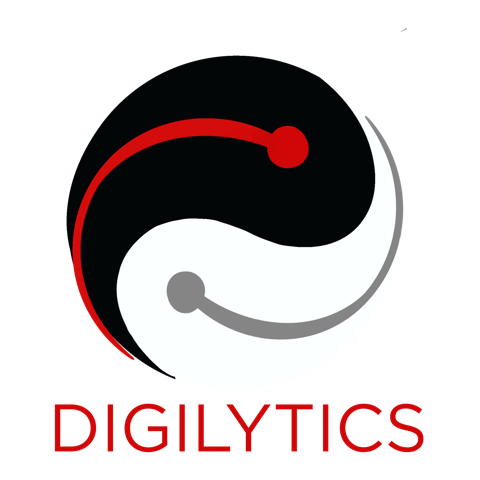Anybody who has applied for a mortgage will typically agree that this is a slow, tedious & often challenging process. This is true not only for the borrower, but also for the mortgage loan origination process – which is normally a financial institution (i.e., Bank, Lender Broker). On the mortgage originator side, this process is typically nowadays managed by advanced software including POS (point of sale) and LOS (loan origination systems) platforms. To optimize the Lender’s user experience, the software normally interfaces/integrates with other ‘AI (artificial intelligence) add-ons’ that augments its processing with the benefits that produce faster, smarter & more accurate results and decisions.
This integration is generally provided in two ways:
- The ‘AI add-on’ can provide its services via an API (Application Programming Interface) – in simple terms, this is a software-to-software interface, with no easy ability for an individual to ‘see’ what is being processed.
- The ‘AI add-on’ can provide its services via a UI (User Interface)
While both above approaches do add an AI element and dimension to the Lender’s overall experience, it is fair to say that the UI approach has certain advantages. These are:
- Optimal Document Management ability
- Learning ability
- Human-in-the-Loop (HITL) oversight
Let us briefly look at each of these below with respect to the mortgage loan origination process.
Optimal Document Management
Advanced ‘AI add-ons’ (that offer a UI-driven solution) typically have the following UI attributes:
- Configurable UI elements
- Optimized workflows
- Core features – such as Document Comparison & Annotation
Workflows can be optimized based on best practices, time & motion studies etc. to ensure that the Lender is able to carry out their tasks as fast as possible and with minimal effort. This, along with core document management features (e.g., Document Comparison & Annotation) and configurability (i.e., the ability to customize UI components, and the workflow per se) ensures that the software is truly optimizing the Lender User Experience.
Learning Ability
The more sophisticated ‘AI add-on’ modules have an inherent Learning Ability. This indicates that the AI (Artificial Intelligence) software brain that powers the module is able to learn from its mistakes and improve its results over time. With every user correction or modification (using the UI) of this module’s output, the AI brain ‘learns’ and thereby gets more ‘intelligent’ with time & usage. Hence the AI improves.
Human-in-the-Loop (HITL) augmentation
AI is not 100% perfect, and most data scientists agree that it never will be. Even with ‘Learning’, there is often a need for an individual to correct the output of the AI, as and when required. This is called Human-in-the-Loop (HITL) oversight. For this, the AI module gives the Lender the ability to preview a provisional output, and then correct any mistakes that the AI ‘brain’ might have made. Once these corrections have been made, the finalized output (which will be a combination of the Intelligence of the AI brain, along with some HITL intervention) can be utilized by the Lender, with supreme confidence that what they see is 100% or near 100% accurate. While HITL is technically possible in an API-based solution, the need for a ‘real-time’ or ‘near real-time’ response in an API solution dictates that HITL is not natively suitable in an API approach.
Overall, the above key features ensure that at the Lender, the relevant stakeholders (e.g., Underwriters, Processors, Loan Officers) have an ‘AI add-on’ that is friendly and easy to use and is optimized for their User Experience. An API-based solution – while normally easier to integrate with the Lender’s core systems e.g., LOS/POS – does not offer such benefits. A better User Experience stems from a UI (User Interface).



